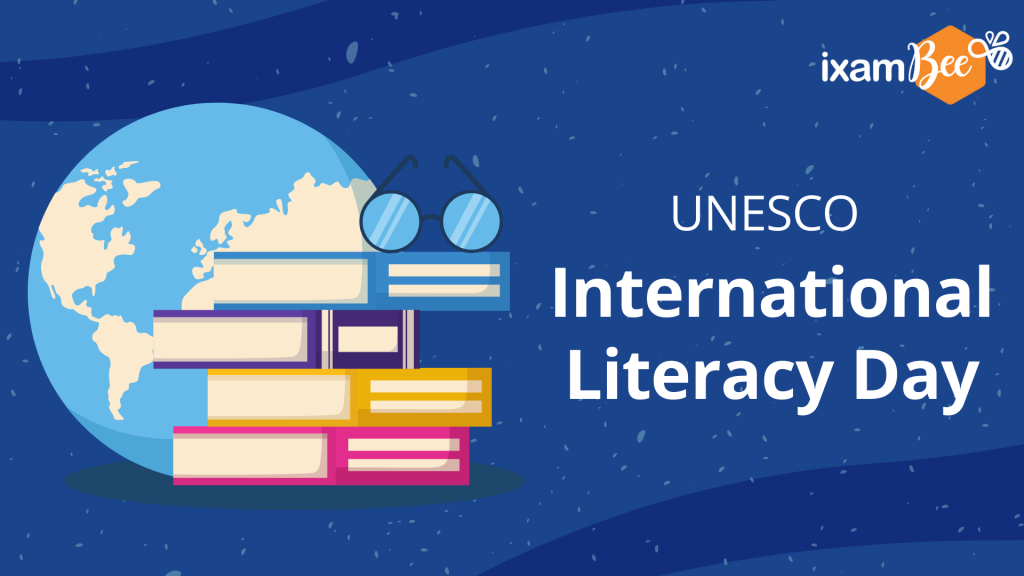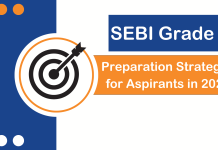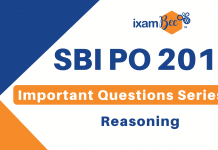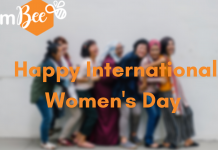Education is the most powerful weapon which you can use to change the world.
-Nelson Mandela
Education is the first step to the overall socio economic upliftment of a community. The International Literacy Day or the International Day of Literacy is celebrated on September 8, every year. It is also known as World Literacy Day. The day is in alignment with the Education For All movement launched by the United Nations Educational, Scientific and Cultural Organization (UNESCO) initially in 1990 and later adopted by the Dakar Framework in 2000.
#internationalliteracyday #LiteracyDay
International Literacy Day History
UNESCO selected September 8 to be observed as World Literacy Day on October 26, 1966. Thus, the first International Day of Literacy was commemorated in 1967. The idea for this observance was conceived during the World Conference of Ministers of Education in 1965. The conference was being held in Tehran, Iran, to eliminate illiteracy across the globe.

International Literacy Day Importance
The problem of literacy, or lack thereof, is a major factor in the UN’s 2030 Agenda for Sustainable Development. From among these 17 Sustainable Development Goals, the fourth goal aims to help educate children in our respective local communities. The target is to ensure children can start/re-start their education and the overall quality of education is enhanced.
Similarly, those adults who have not received adequate schooling should be provided with the opportunities to revive their education and/or acquire vocational training.
Learn about UNESCO’s Strategy for Youth and Adult Literacy
International Literacy Day Objective
The central idea behind observing World Literacy Day is to raise awareness and create dialogue about problems concerning literacy and education within both the local and global communities. Year after year, the theme for day is revised to solve whatever challenges to education may arise.
For example, The International Literacy Day Theme 2020 was “Literacy teaching and learning in the COVID-19 crisis and beyond.” The theme was decided keeping in mind the new challenges to education brought upon by the COVID-19 pandemic.
International Literacy Day 2021 Theme
Closely following the 2020 theme, the International Literacy Day 2021 theme is:
“Literacy for a human-centred recovery: Narrowing the digital divide”
The COVID-19 pandemic has thwarted the education of 773 million non-literate people including children and adults. Much like offline/regular education, online education has also not presented equal opportunities for all its seekers.
This year’s theme aims to highlight the problems that have arisen from what was supposed to be the solution against jeopardizing education during the global pandemic. The digital divide must narrow down across the board so that all people can receive equal opportunities to expand their horizons, for that is the fundamental idea behind education.
The theme also focuses on designing a firm substructure based on human-centred recuperation to rebuild our societies and economies once again.
How to Celebrate World Literacy Day?
Like most United Nations programs, the project is dependent on popular participation. This is why UNESCO actively encourages the proactive participation from governments, communities, individuals, activists and organizations in improving global literacy and thereby changing the world.
This is why we must engage in our own capacities toward furthering the cause of achieving literacy for all people. You can;
- Volunteer as a teacher at an NGO or other organization
- Sponsor a child’s education
- Ensure you’re not exploiting child labour in any way.
- Share your skills/knowledge with others without expecting monetary reimbursement from those who need it.
- In today’s Digital World, sponsor somebody’s WiFi so a child does not have to face the brunt of online schooling.
Literacy Statistics in India
Let us look at some statistics that will help us understand the overall education scenario in India. The statistics are based on a survey undertaken by the National Statistical Office between July 2017 and June 2018.
- The literacy rate in India is 76.2%.
- Literacy rate among men is 87.7% whereas among women it is 70.3%.
- The literacy rate is the highest in Kerala at 96.2%
- Bihar has the lowest literacy rate at 47.0%
Government Schemes for Education
Some programs toward providing education opportunities started by the Government of India have been listed below.
- Mid-day meal
- Samagra Shiksha Scheme
- Sarva Shiksha Abhiyan
- Rashtriya Madhyamik Shiksha Abhiyan.
- Girls Hostel Scheme.
- Scholarship schemes for Minority students
At ixamBee, you can find a number of Online Courses, GK updates in the form of BeePedia, as well as latest updates for Bank PO, Bank Clerk, SSC, RBI, NABARD and Other Government Jobs.
Also read
Khel Ratna Award: Selection Process, Awardees, Trivia and More!
Teachers’ Day in India: History, Importance and Celebration















